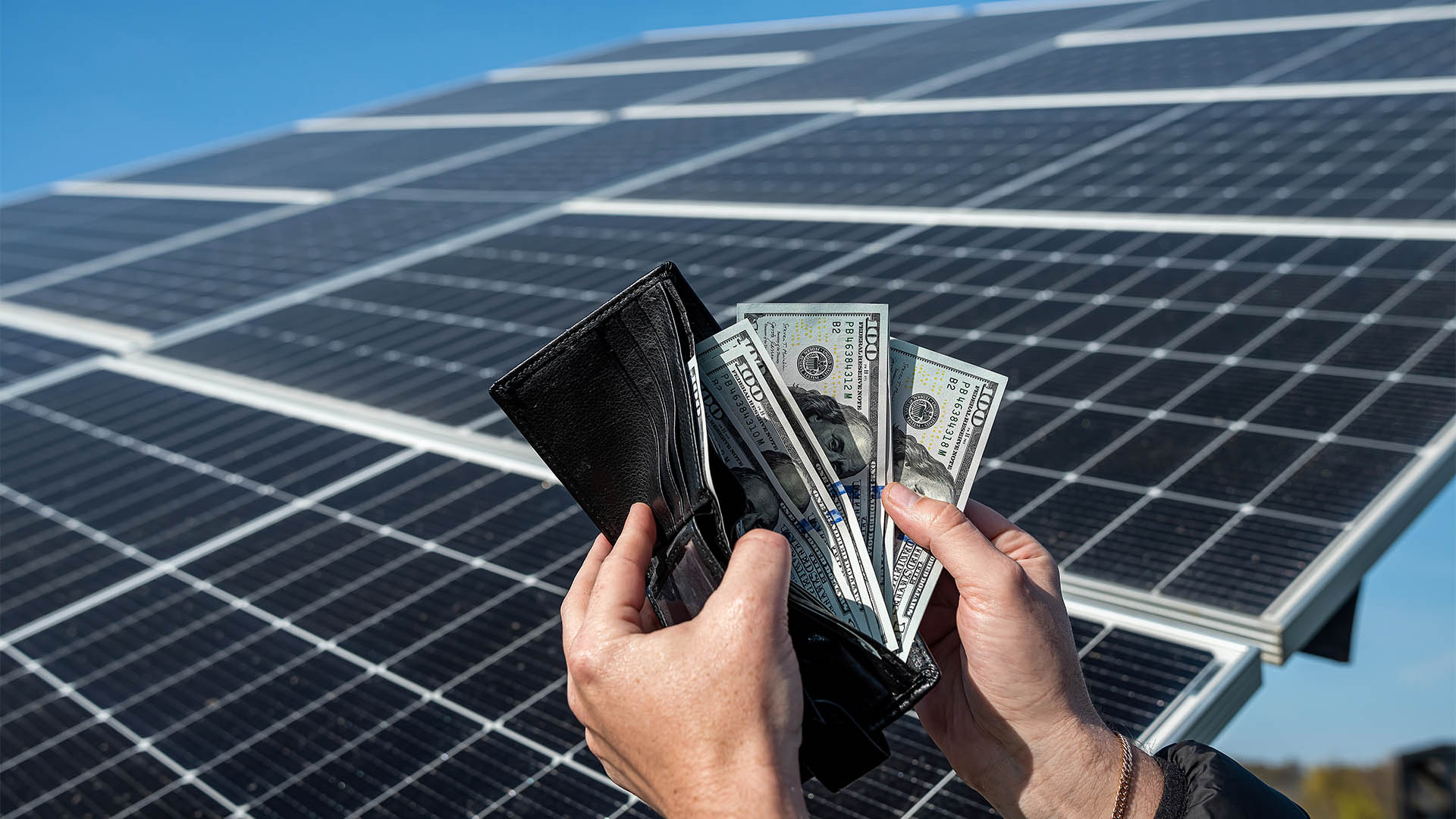The renewables boom marches onwards and will really come into its own over the next couple of years.
By 2025, the export earnings from key battery and renewable commodities are expected to surpass those from thermal coal, according to the Department of Industry, the federal government's key forecaster. Minerals such as lithium and copper are projected to contribute over $40 billion annually, outpacing the forecasted $30 billion from thermal coal.
"This boom in renewable exports is in direct response to the rapidly growing global demand for clean energy commodities, while fossil fuel prices return to the depressed lows seen pre-Ukraine war," stated the Department of Industry.
The recently published June Resources and Energy Quarterly by the Department of Industry unveiled the export performance of Australia's resource and energy commodities. In the 12 months leading up to June 2023, Australia exported a staggering $460 billion worth of resources, up from $422 billion in the previous year.
However, export income is expected to dip to $390 billion in the 2023-24 financial year, primarily due to falling energy prices as the impact of the Ukraine war fades. The Department of Industry further stated, "Australian energy export earnings will fall noticeably over the next couple of years."
Liquefied Natural Gas (LNG) earnings are projected to decline by $24 billion to $68 billion in 2023-24 as LNG prices ease from the record highs of 2022. An additional fall of $8 billion is anticipated in 2024-25. Meanwhile, thermal coal exports are forecasted to experience a sharp drop, plummeting from $64 billion in 2022-23 to approximately $38 billion in 2023-24 and further down to $30 billion in 2024-25.
But amidst these challenges, China's renewed interest in Australian thermal coal provides a glimmer of hope. The quarterly report stated, "Chinese buying adds significant competitive pressure to the market for Australian thermal and metallurgical coal, offsetting some of the impact on prices of weaker world economic growth and/or lower energy demand."
In a surprising turn, iron ore earnings for 2023-24 have been revised upward by $8 billion, with an additional $5 billion forecasted for 2024-25. The total iron ore earnings reached $123 billion in 2022-23, surpassing the previous projections.
The Department of Industry noted, "The revisions mainly reflect higher prices and forecasts of a shallower recovery in the AUD/USD than envisioned in the March 2023 REQ. More than offsetting this, energy exports (notably thermal coal and LNG) have been revised down significantly in the outlook period."
While traditional energy exports face a decline, metals used extensively in the energy transition are expected to maintain export values over $40 billion, doubling since 2021-22.
Lithium, in particular, has experienced remarkable growth. The Department of Industry forecasts the value of lithium exports to reach $19.5 billion in 2022-23, driven by nearly
tripling prices and a 44% increase in the volume of spodumene exports.
"The declines in lithium export values in 2023-24 and 2024-25 will be driven by falling prices. However, prices will remain high in historical terms," the quarterly report stated. It further explained, "In terms of volumes, spodumene exports will grow at a slower pace (compared to historical growth), due to an increasing share of domestic refining to produce lithium hydroxide."
As Australia's energy export landscape undergoes a significant transformation, the renewables boom continues to gain momentum.
The forecasted rise of battery and renewable commodity exports signals a promising future, outshining the declining fortunes of thermal coal. With growing global demand for clean energy resources, Australia stands poised to capitalise on its position as a leading exporter in the renewable energy market.














